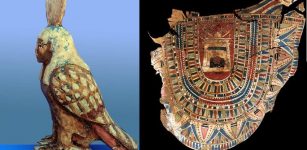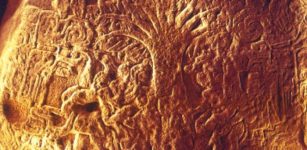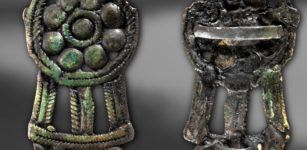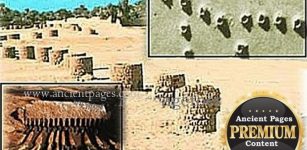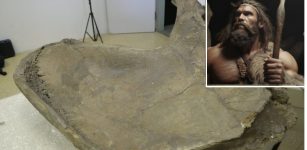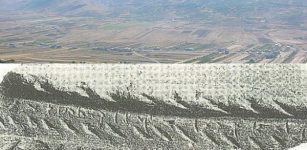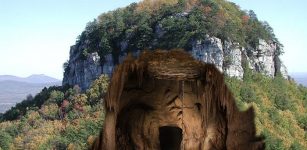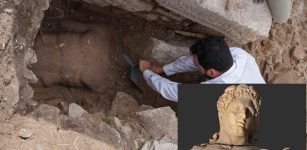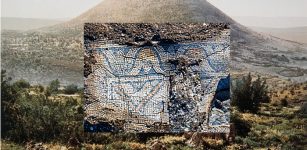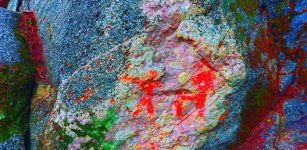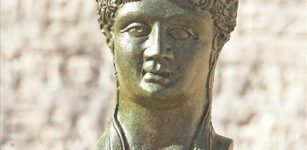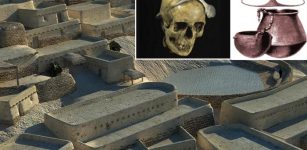Ruins Of A Roman-Era Bath And A Floor Mosaic Discovered In Central Anatolia
AncientPages.com - Mosaics were a common feature of private homes and public buildings across the Roman empire.
They were beautiful works of art depicting food, tools they used, clothes, animals and flowers. They also constitute invaluable records of the Romans daily activities.
Now, ruins of a Roman-era bath and a floor mosaic have been discovered during construction works in the central Anatolian Osmaniye’s district of Kadirli.

Roman mosaics were a common feature of private homes and public buildings across the empire from Africa to Antioch. Photo credits: DHA Photos
Ruins are believed to date back to the Roman era and among these ruins, there have been discovered floor mosaics featuring bull, deer and lion motifs.

The area of the historical ruins was put under protection and the museum has reported that the archaeological excavations would begin its search for other ruins. Credits: DHA Photos
The area of the historical ruins was put under protection and the museum has reported that the archaeological excavations would begin its search for other ruins.
In accordance with the law, the Cultural and Natural Heritage Preservation Board must give permission for construction in the fields of archaeological sites.
According to regulations, before the construction starts, the museum first initiates drilling work to find out if there are archaeological remains in the field. If not, it is given permission to start construction.
AncientPages.com
source: Hurriyet Daily News



